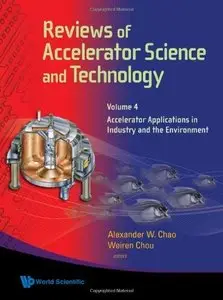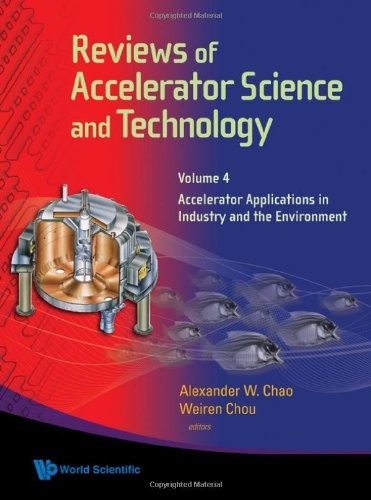Reviews Of Accelerator Science And Technology - Volume 4: Accelerator Applications in Industry and the Environment by Alexander W Chao, Weiren Chou
2012 | ISBN: 9814383988 | English | 300 pages | PDF | 14 MB
2012 | ISBN: 9814383988 | English | 300 pages | PDF | 14 MB
Since their debut in the late 1920s, particle accelerators have evolved into a backbone for the development of science and technology in modern society. Of about 30,000 accelerators at work in the world today, a majority is for applications in industry (about 20,000 systems worldwide).
There are two major categories of industrial applications: materials processing and treatment, and materials analysis. Materials processing and treatment includes ion implantation (semi-conductor materials, metals, ceramics, etc.) and electron beam irradiation (sterilization of medical devices, food pasteurization, treatment of carcasses and tires, cross-linking of polymers, cutting and welding, curing of composites, etc.). Materials analysis covers ion beam analysis (IBA), non-destructive detection using photons and neutrons, as well as accelerator mass spectrometry (AMS). All the products that are processed, treated and inspected using beams from particle accelerators are estimated to have a collective value of US$500 billion per annum worldwide. Accelerators are also applied for environment protection, such as purifying drinking water, treating waste water, disinfecting sewage sludge and removing pollutants from flue gases.
Industrial accelerators continue to evolve, in terms of new applications, qualities and capabilities, and reduction of their costs. Breakthroughs are encountered whenever a new product is made, or an existing product becomes more cost effective. Their impact on our society continues to grow with the potential to address key issues in economics or the society of today.
This volume contains fourteen articles, all authored by renowned scientists in their respective fields.
Readership: Physicists and engineers in accelerator science and industry



